Travelling to Italy: Ten things to know before jumping on the plane
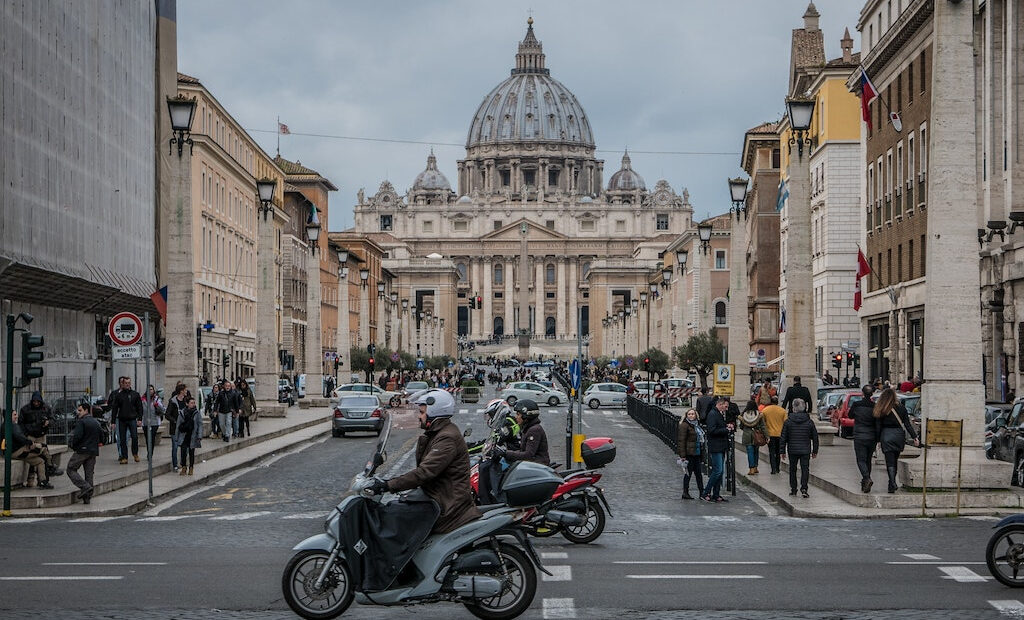
What do Richard Branson, Madonna and George Clooney all have in common? They have all invested in an Italian property. Italy is a go-to for celebrities, playing host to the weddings of Kourtney and Travis Barker, Jessica and Justin Timberlake and George and Amal Clooney. With Google searches for “Italian holiday” seeing a 1414.3% uplift, it’s not just celebs flocking to 2022’s must-see destination. Here is a handy guide on what travellers need to know before visiting Italy and how to make the most of time abroad.
No milk in coffee post-breakfast
Coffee in Italy has its own culture, with many Italians following strict rituals to get their caffeine fix throughout the day. Traditionally, to get the day started, Italians like to pair their breakfast with a hot, milky coffee, for example, a cappuccino or a caffe latte, however, visitors should beware that these are purely breakfast drinks. Ordering a milky coffee after mid-morning at the latest is the easiest way to raise eyebrows and be branded as a “clueless tourist”.
Talking of coffee…
Every region in Italy has its twist on the standard caffe, which is what other countries would call an espresso. In Sicily, their coffee has an Arabian-inspired twist, flavoured with cinnamon and cloves, whereas in Naples, coffee is served piping-hot, with a mandatory glass of water to cleanse the palate before sipping within two minutes.
Coperto is not just for Michelin-starred restaurants
Tipping isn’t expected in restaurants, as servers are usually paid a fair salary and are often part of the family that owns the restaurant. That said, the bill will usually come with a few unusual charges. The “coperto” is often the most confusing to foreign diners: it is essentially a per-person charge for sitting at the table. The price must be listed on the menu or in the restaurant, and it can add up for larger groups. A “servizio” charge is usually found in the most touristy areas of Italy, and it also must legally be listed somewhere obvious, like on the menu. The “servizio” doesn’t necessarily go to the staff, and it can be anywhere from 10% to 20% of the bill.
It may be hot, but there is a dress code
Known for its Mediterranean climate, especially if one goes during peak times, visitors are guaranteed basking in glorious sunshine and heat when in Italy. However, there is an unspoken dress code they must adhere to, whatever the weather. Generally speaking, shoulders and knees should be covered, along with the possibility of needing close-toed shoes, and this is especially true when visiting religious relics and places of worship. Most churches and cathedrals will simply not let you enter without the correct attire.
Ham and pineapple pizza or a spaghetti bolognese? Not in Italy
When in Italy, tourists may be surprised by what is considered traditional, Italian cuisine and what has been adapted for foreign tastebuds. Italians are exceptionally traditional when it comes to food and drink and some of the most popular so-called Italian food found all over the globe would never be seen served in a genuinely authentic Italian eatery.
Although a Hawaiian pizza is already considered a controversial choice in the UK, in Italy it is simply unheard of, with this variety being too far away from the typical margherita pizza. Although a well-known favourite, spaghetti bolognese is not actually an authentic Italian meal. While bolognese is a traditional Italian sauce that originates from Bologna, it is not referred to as “bolognese” but instead a ragu alla Bolognese, which translates as “ragu from Bologna”. Whether diners are partaking in five-star food or at a local eatery, Italian cuisine is unlikely to reflect anything like the approximations in the UK.
Factor in riposa
Many may already be familiar with the Spanish siesta, where towns and cities seem to shut down for an hour or so every afternoon, but Italians have their own version, Pennichella? In a similar way to the Spanish origins, pennichella is a much-needed respite away from the peak heat hours.
So, those who hope to visit Italian stores or rest their legs after a long morning of exploring a city must remember that many places will close until the late afternoon, including the designer stores, so it’s worth making sure to factor this in.
Don’t expect to work in a coffee shop
With Wi-Fi being somewhat hit-and-miss in Italy, workaholics should be wary of working remotely. Although bigger cities, such as Rome and Milan, are now welcoming more remote workers and improving their Wi-Fi in numerous coffee shops and co-working spaces, it will still take a bit of shopping around before finding a place that can be relied on.
Italy is only ranked 57 out of 68 countries around the world for their Internet connectivity, with many rating Italy as the “worst in Europe” for its web speeds. As this isn’t particularly promising, some research is necessary before heading out to guarantee there will be a good place to work. However, lack of wifi does make it the perfect destination for the 9-5 workforce seeking office respite.
Using public transport
Unless tourists are in a bigger city, such as Rome, public transport will take a bit of pre-planning. Tickets for city and town buses are normally cheap but cannot be purchased on the bus itself. Instead, travellers need to buy tickets in newsagents and have them validated once on the bus. This system is based on trust – there’s no need to show the ticket to the driver and passengers simply need to tap it to validate – but that doesn’t mean anyone can easily get away without buying a ticket. Spot checks for fare-dodgers occur regularly, with huge fines issued when they’re caught.
People always need change
Italy is still mostly a cash-based society, especially compared to other European economies in Europe, however, there’s no reason to be alarmed by this. Many shops, restaurants and tourist attractions, especially in larger cities, will accept card payments, however smaller towns and independent shops will be less likely to accept cards. For public transport, again, most cities will accept payment for travel in cards, but it is a must to bring at least a bit of change to cover any eventualities.
Vino is cheaper than acqua
Italy is famed for its wine production, so it may not be surprising that a bottle or carafe of wine can often be cheaper than a bottle of water for the table, however, this is not a guarantee. The average cost of a glass of wine is around €3-6 but can be as low as €2, depending on where the restaurant is, and this wine is perfectly delicious.
To avoid this, simply bringing a bottle and refilling with tap water can do the trick. Italian tap water is, generally, absolutely safe to consume, with many cities even offering free refill points. In rare cases where tap water isn’t deemed safe to consume, bottled water is simply the only way to get around it. Buying bottled water from a supermarket will undoubtedly be cheaper than buying in a restaurant, so it is advisable to stock up and avoid getting a bottle of water for the table.
Ciao
After even just a few hours of immersing in Italy, visitors may notice Italians greeting each other with “ciao”. This, however, is reserved for greeting people one knows, for example, colleagues or friends, so it’s best to try to avoid it as it may come across as over-familiar. Instead, opting for “buon giorno” (meaning “good morning”) or “buona sera” (meaning good afternoon/evening) is a safer bet. As a rule of thumb, Italians do appreciate it when tourists at least try and speak Italian with them, so it’s good to learn the basics.
The editorial unit

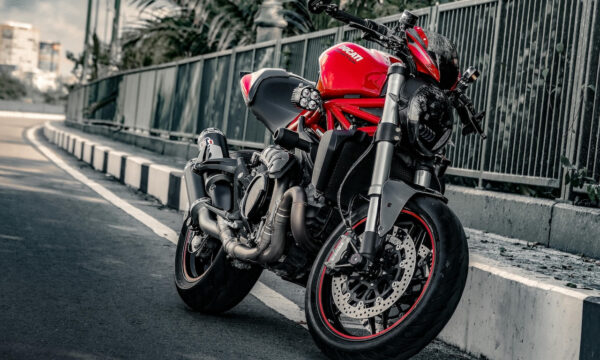


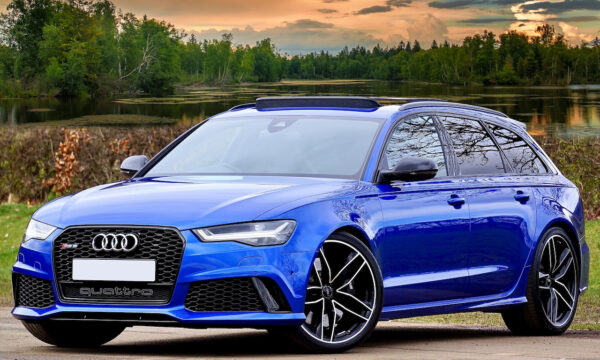
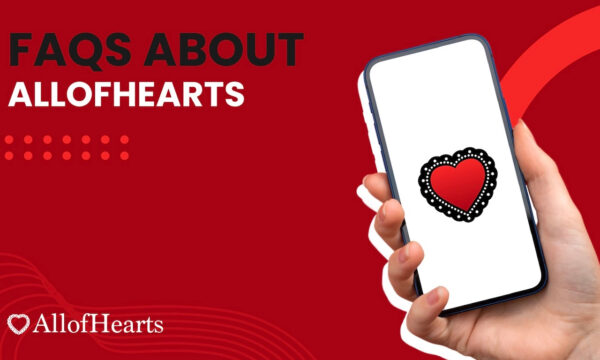

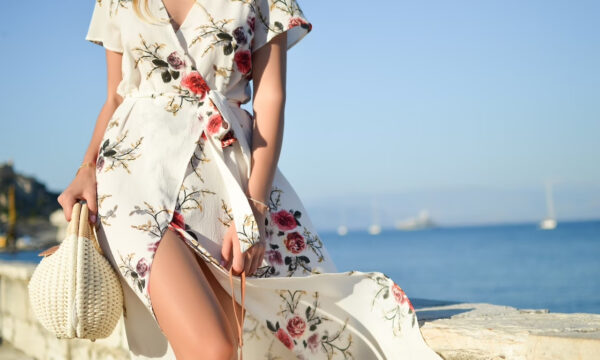

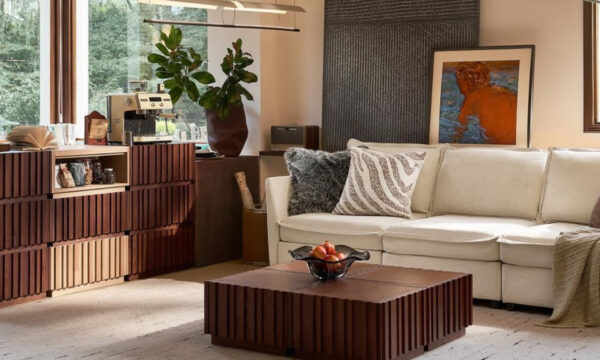

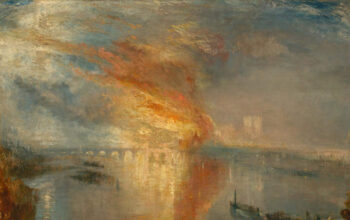



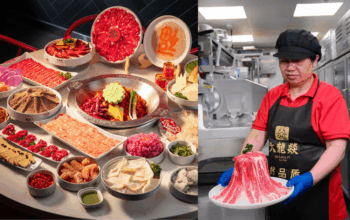

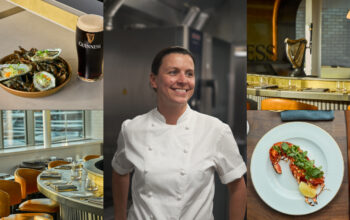
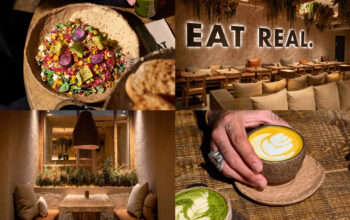
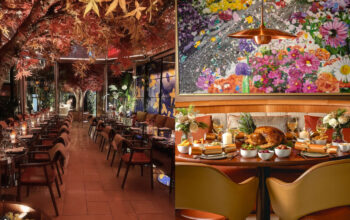





Facebook
Twitter
Instagram
YouTube
RSS